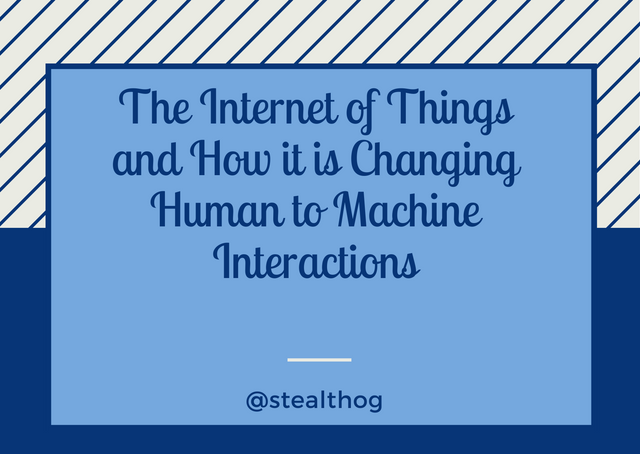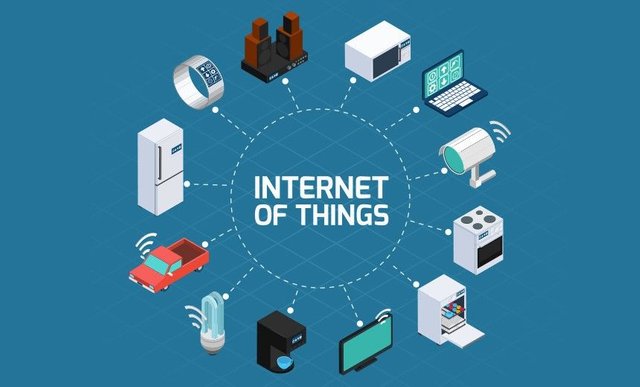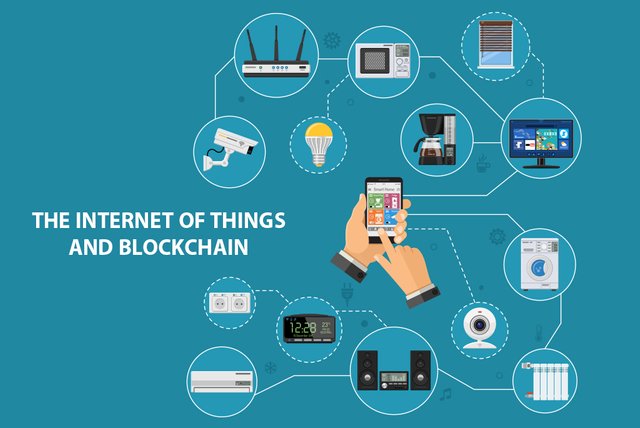
Innovations are made daily (good and bad), and the world as we know it is changing right before our eyes. There was a time most devices were analog, then they became digital, and now we are in the era of smart devices through the internet of things. These smart devices are changing the way humans and machines interact, but before we go any further, what's the internet of things?
Internet of Things (IoT)

The internet of things can be defined as the interconnectivity of devices embedded with sensors and an internet connection across the universe that sends and collect data without requiring human interactions. Recently, we have machines and devices being smart enough to run operations without human supervision, thus changing the ways humans and machines interact.
How does the Internet of Things Work
The internet of things works by having sensor-embedded devices with an internet connection, these devices or smart devices usually collect, send and process data. The IoT devices are connected to a central server or edge servers/devices (edge servers are devices, that perform edge computing) to analyze the data. The IoT device interacts with the cloud or server and acts on the data analyzed without having to rely on human interventions
IoT Evolution with AI, Machine Learning, and Edge Computing
Technological development over the years has brought about exciting technologies like artificial intelligence, machine learning, and edge computing. Edge computing has ensured that IoT devices can now run analyses on data they receive and send without waiting for the central server. With machine learning and AI, these devices can predict the right action to be carried out from data analyzed.
For instance, a security camera (CCTV) is a device that takes video footage and sends these videos to the central server or security control room to be analyzed for any irregularities in the environment. The CCTV sends all recorded footage, necessary or not as there can be hours of recorded inaction, and this might be a whole lot of footage time to be analyzed.
The internet of things with innovations like machine learning and edge computing means that smart security cameras are built with the intelligence to only record footage of when there's an action and do not need to record and send footage of inactivity. This is possible through machine learning, AI, and edge computing, as the CCTV now knows when to record and send footage and when not to.
Privacy and Security Issues of IoTs and Blockchain Integration

Due to the connectivity of several IoT devices to a central server, vulnerabilities from one of these devices can be exploited and used to manipulate all other devices. This is a big security issue for all IoT device owners as a breach in any of the connected IoT devices can be catastrophic to the connected IoT ecosystem.
Also, privacy is a major concern as some of the IoT devices are required to collect owners' or operators' personal information. This information can be used by ad companies or hackers which in any case is not favorable to the users.
Blockchain integration into the internet of things devices means that security and privacy are less of a burden to users. Blockchain's major characteristics include decentralization, immutability, and privacy (anonymity). With IoT devices connected to a blockchain network, there is no longer worry over one device causing problems for other connected devices as they are no longer connected to a central server but decentralized servers distributed across connected nodes.
Personal information won't be at risk of being manipulated or sold as each device can have private keys as its unique identifiers. Data received from the IoT devices are more reliable as they can not be altered or tampered with because of the immutable nature of the blockchain technology
Benefits of IoTs
With applications across almost all sectors of life, it is important to highlight the benefits of IoTs
The most obvious benefit of IoT is that it makes our lives easier and better. Humans do not need to be hands-on devices again as they used to, as these devices can perform their basic operations. The innovation of IoTs means that cars can drive themselves, book a mechanic appointment, order new parts needed all without human intervention
Businesses also benefit from IoTs as they get to receive real-time data on their product productivity and efficiency, and also reduce manpower cost as some activities can be done better and faster by IoT devices
Another benefit of IoT devices and their ecosystem at large is the ability to access data and information from anywhere and anytime. This benefit means that IoT information can be ubiquitous
Conclusion
The internet of things has and is changing the way man interacts with machine. IoT has made life easy for humans, as activities that require human input are being done by smart devices through innovations like AI, machine learning, etc. The internet of things has applications in the automobile industry where smart and self-driving cars are made, transportation of goods is being done by automated machines, healthcare, and smart cities are a few of the industries IoTs cut across. The internet of things is one of the most important and efficient technologies ever made and it has proven to be one that will change the way humans and machines relate.
You've posted some good content, but I suggest you post only copyright-free images.
Thanks a lot!
Downvoting a post can decrease pending rewards and make it less visible. Common reasons:
Submit